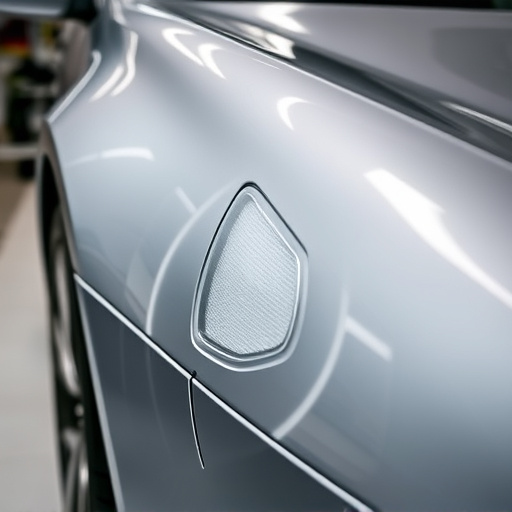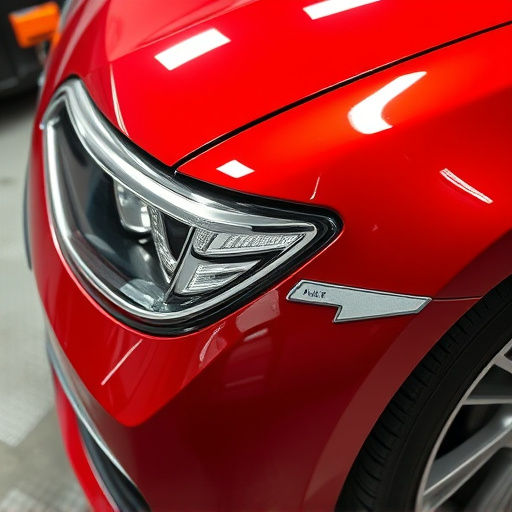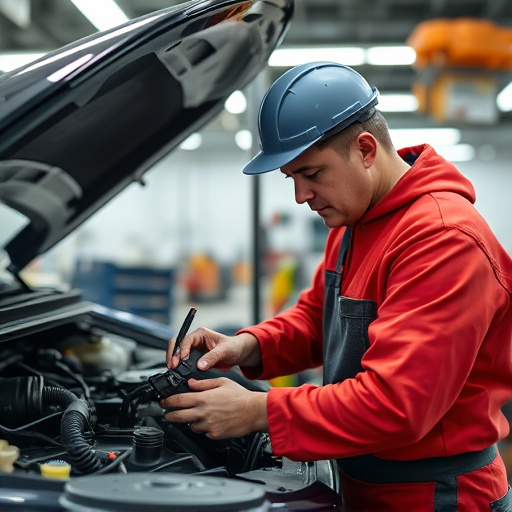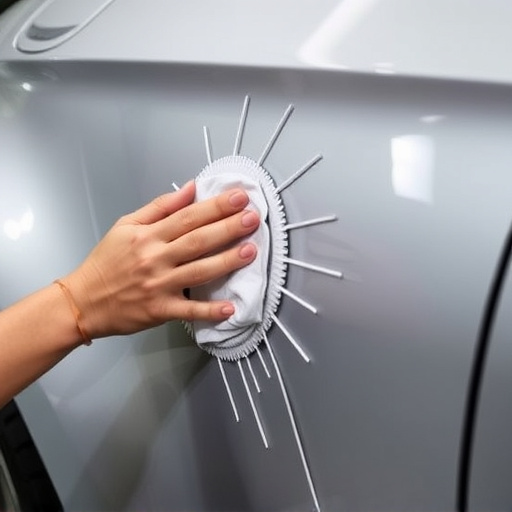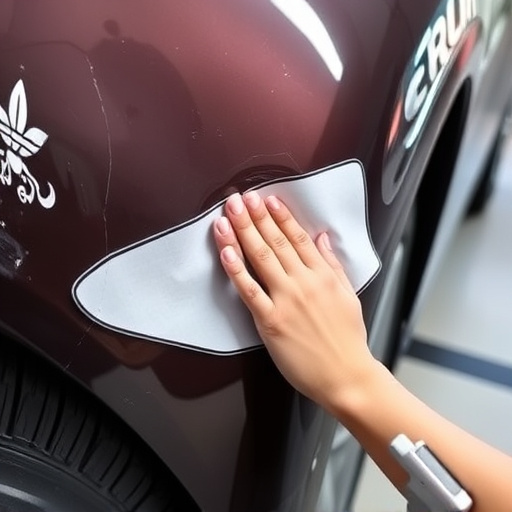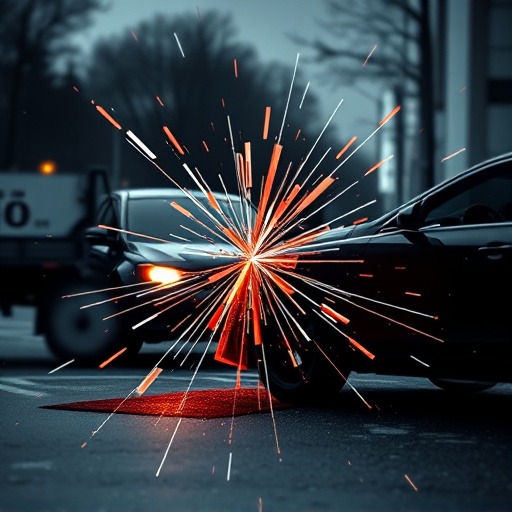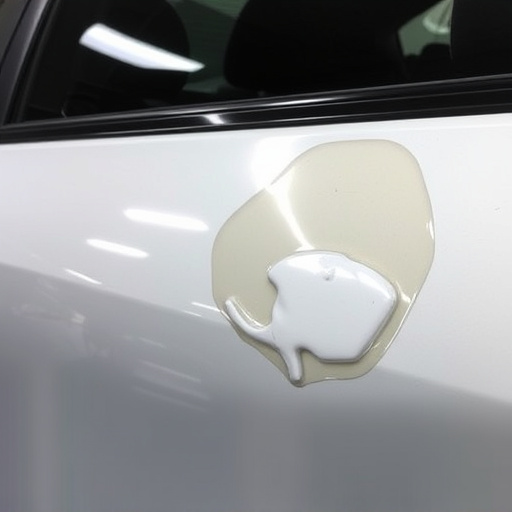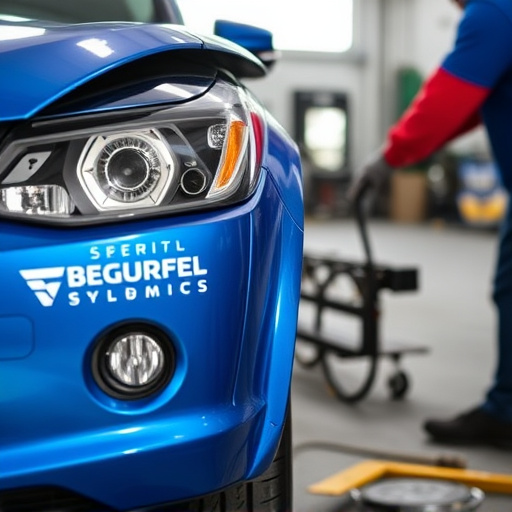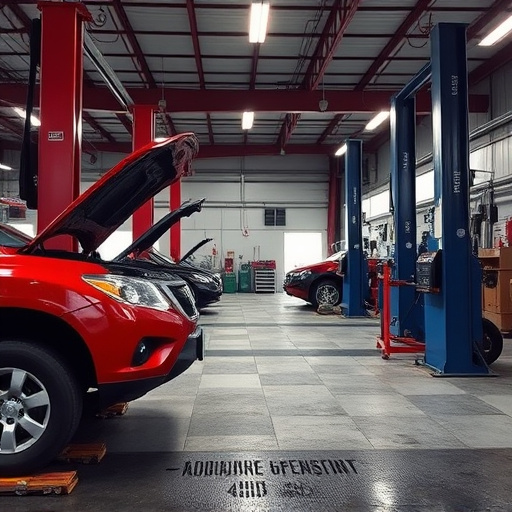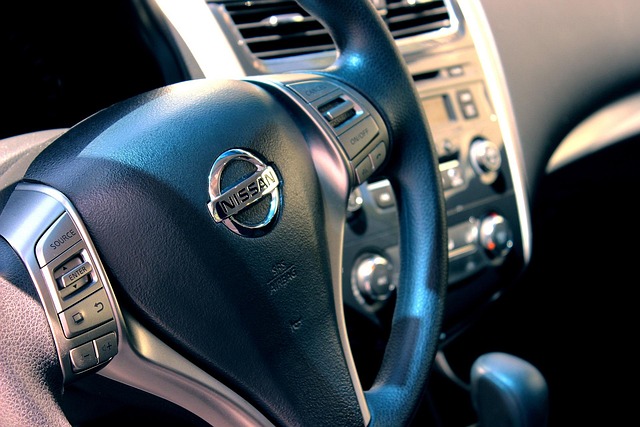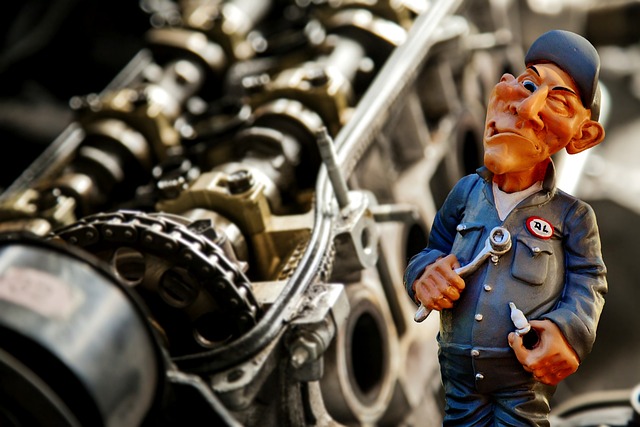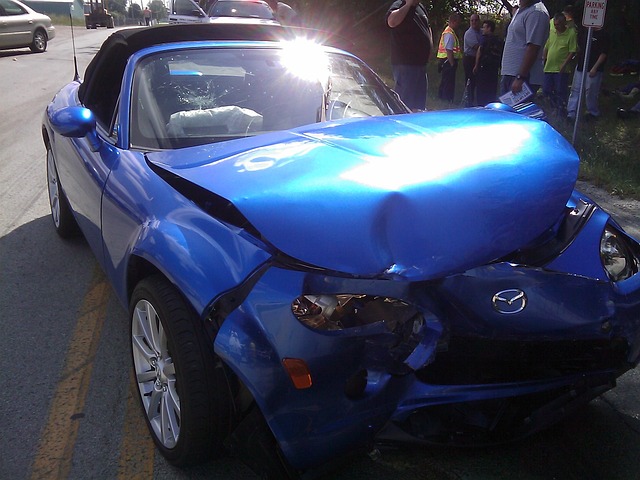Liability claim repair involves a structured process: damage assessment, tailored plan creation, transparent estimating, and skilled technician repairs. Reputational restoration through proactive communication, taking responsibility, and exceptional customer service mitigates long-term effects. Success is measured using KPIs like turnaround time, customer satisfaction ratings, and claims resolution accuracy, driving continuous improvement in auto body services.
Discover how to maximize the benefits of liability claim repair and turn a potential disaster into a growth opportunity. This comprehensive guide delves into the key aspects of the process, offering strategic insights for effective reputational restoration. From understanding the legal framework to implementing successful communication tactics, you’ll learn proven methods to measure success and continuously improve your organization’s resilience. Enhance your approach to liability claim repair today.
- Understanding Liability Claim Repair Process
- Strategies for Effective Reputational Restoration
- Measuring Success and Continuous Improvement
Understanding Liability Claim Repair Process

The process of liability claim repair is a structured approach to restoring vehicles affected by accidents or damages, ensuring they meet safety and aesthetic standards. It involves several key steps, from initial assessment to final quality control. First, a thorough inspection of the vehicle’s damage, including its structural integrity, paint job, and any mechanical issues, is conducted. This step is crucial as it determines the scope of work required for repair, involving specialists in dent repair, auto body repair, or car bodywork as needed.
Once the assessment is complete, a detailed plan is devised to address each identified issue. Reputable repair shops will provide transparent estimates, outlining costs and timelines. The actual repair process entails skilled technicians using advanced tools and techniques for dent removal, panel replacement, and meticulous paint matching to ensure the vehicle’s pre-incident condition or even enhance its appearance. Effective communication between the insurance provider, claimant, and repair shop is vital throughout this journey, ensuring everyone understands the liability claim repair process and its benefits for a successful outcome.
Strategies for Effective Reputational Restoration
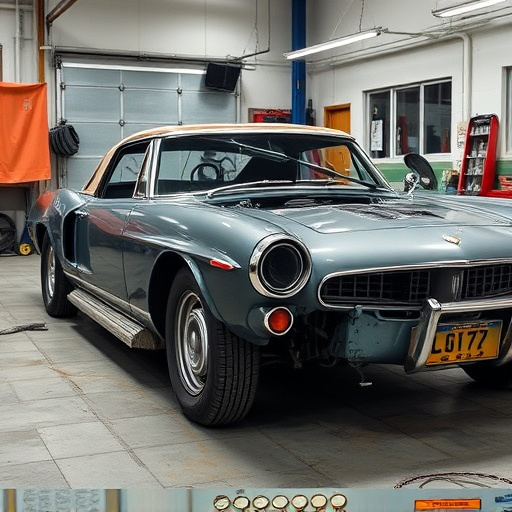
Reputational restoration is a vital aspect of recovering from a liability claim. The first step involves addressing any public perceptions that have been negatively impacted by the incident. This can be achieved through proactive communication and transparent updates, ensuring customers and stakeholders are kept informed throughout the liability claim repair process. By taking responsibility, acknowledging mistakes, and demonstrating a commitment to making things right, businesses can begin to rebuild trust.
Implementing effective strategies for reputational restoration goes beyond simply fixing the damage; it involves enhancing customer service, providing exceptional automotive collision repair or autobody repairs, and fostering positive relationships with all stakeholders. This can include offering incentives, such as discounts or loyalty programs, to encourage repeat business and positive reviews. By consistently delivering high-quality services and exceeding expectations, businesses can mitigate the long-term effects of a liability claim and ultimately maximize the benefits of liability claim repair.
Measuring Success and Continuous Improvement

Measuring success is a vital aspect of liability claim repair, as it allows for a clear understanding of progress and identifies areas that require attention. By establishing key performance indicators (KPIs), professionals in auto body services can track their efficiency and effectiveness. These KPIs might include turnaround time, customer satisfaction ratings, and the percentage of claims resolved within the initial estimate. Regularly reviewing these metrics enables them to optimize processes and ensure they are delivering exceptional service.
Continuous improvement is a key driver in the automotive body shop industry. By analyzing the data gathered from measuring success, businesses can pinpoint trends and make data-driven decisions. This could involve investing in new equipment for vehicle dent repair, enhancing training programs, or implementing digital systems to streamline operations. Embracing these strategies fosters a culture of excellence within the liability claim repair process, ultimately leading to better outcomes and enhanced customer experiences.
Maximizing the benefits of liability claim repair involves understanding the process, implementing effective reputational restoration strategies, and continuously measuring success. By adhering to these key steps, businesses can not only mitigate damage but also enhance their brand image and customer trust. Focus on proactive communication, transparent practices, and data-driven improvements to ensure a robust recovery and prevent future liabilities. Remember, a well-managed liability claim repair strategy is an investment in your company’s long-term success and resilience.
